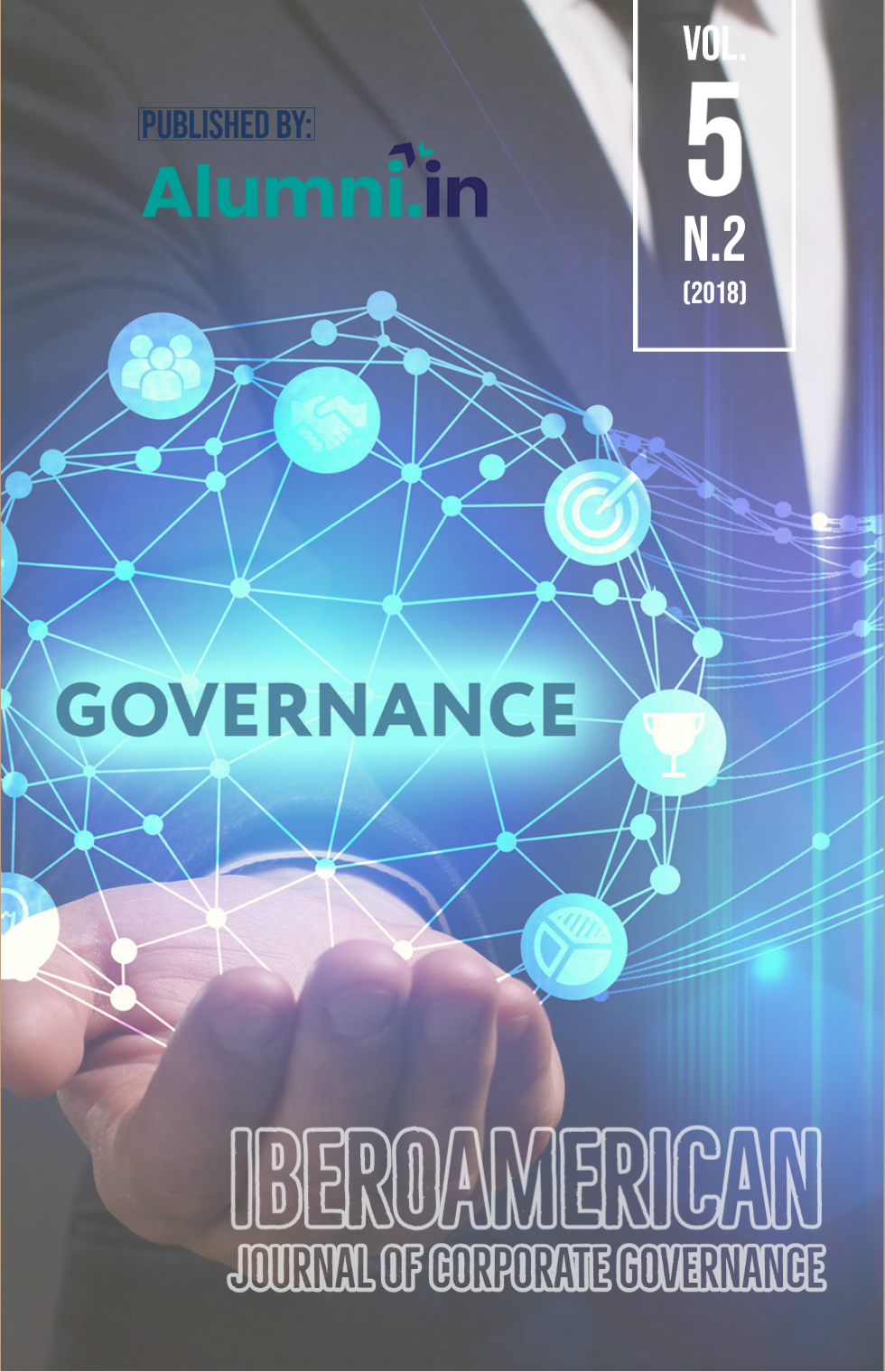O modelo tridimensional e o processo de sucessão
DOI:
https://doi.org/10.21434/IberoamericanJCG.v5i2.26Keywords:
Sucessão, Empresa familiar, Modelo tridimensionalAbstract
RESUMO
O objetivo geral da pesquisa foi investigar o processo de sucessão em empresas familiares à luz do modelo tridimensional de Gersick, Davis, Hampton e Lansberg (1997), o qual considera que há inter-relação entre família, empresa e propriedade em empresas desta natureza. Para contextualizar a arena das empresas familiares, estabeleceram-se critérios de ordem objetiva e conveniência, pois foi preceito a facilidade de acesso às informações familiares e organizacionais. Adotou-se predominantemente a perspectiva da pesquisa qualitativa de caráter descritivo, com método multi casos. A primeira frente de pesquisa foi a revisão bibliográfica, seguida pelas entrevistas, pesquisa documental e registro da observação em duas empresas do setor de serviços de Chapecó, Santa Catarina, Brasil. A interpretação dos resultados se deu cotejando os achados da realidade pesquisada com a literatura de base. Concluiu-se que o modelo tridimensional pode contribuir para preparar o sucessor para trilhar ações e tomar decisões, contudo este modelo não pode ser considerado como ação isolada para a realização da sucessão na empresa familiar.
Palavras-chave: Sucessão. Empresa familiar. Modelo tridimensional.
Downloads
Published
How to Cite
Issue
Section
License
Authors who publish with this journal agree to the following terms:
1. Authors who publish in this journal agree to the following terms: the author(s) authorize(s) the publication of the text in the journal;
2. The author(s) ensure(s) that the contribution is original and unpublished and that it is not in the process of evaluation by another journal;
3. The journal is not responsible for the views, ideas and concepts presented in articles, and these are the sole responsibility of the author(s);
4. The publishers reserve the right to make textual adjustments and adapt texts to meet with publication standards.
5. Authors retain copyright and grant the journal the right to first publication, with the work simultaneously licensed under the Creative Commons Atribuição NãoComercial 4.0 internacional, which allows the work to be shared with recognized authorship and initial publication in this journal.
6. Authors are allowed to assume additional contracts separately, for non-exclusive distribution of the version of the work published in this journal (e.g. publish in institutional repository or as a book chapter), with recognition of authorship and initial publication in this journal.
7. Authors are allowed and are encouraged to publish and distribute their work online (e.g. in institutional repositories or on a personal web page) at any point before or during the editorial process, as this can generate positive effects, as well as increase the impact and citations of the published work (see the effect of Free Access) at http://opcit.eprints.org/oacitation-biblio.html
• 8. Authors are able to use ORCID is a system of identification for authors. An ORCID identifier is unique to an individual and acts as a persistent digital identifier to ensure that authors (particularly those with relatively common names) can be distinguished and their work properly attributed.











